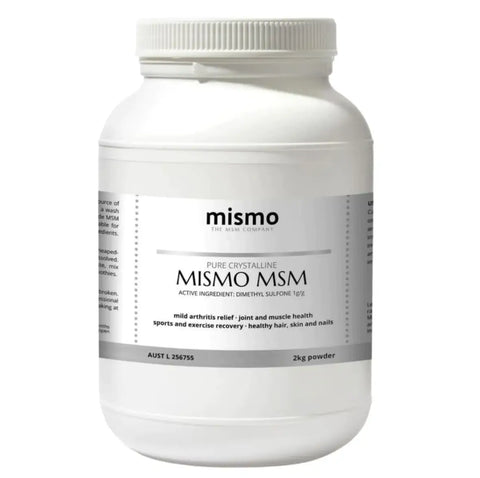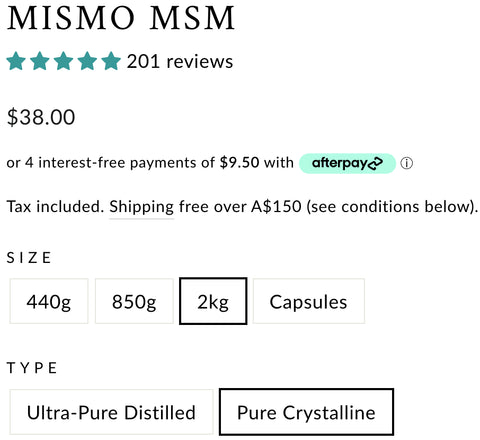Horses are adapted to semi-arid prairies and were sourced from a remnant population of wild horses that survived in central Asia's Steppe country. Domestic horses still carry the same genetic blueprint as their desert-dwelling ancestors. However, a common issue for many domestic horses is that they are kept in environments that they are not genetically adapted to, particularly high rainfall areas. This can lead to weakened hooves and subsequent invasion by pathogens that cause various conditions. The key design feature of the equine hoof is its strength, but it can be compromised by increased moisture and a loss of tensile strength in the hoof capsule. This can lead to a vicious cycle of pathogenic incursion and tissue consumption that is harder to treat. While a wet environment is the main factor, some horses may also have an unidentified mineral deficiency.
The underlying cause of hoof problems in horses is not well understood, as not all horses in the same environment and management have the same issues. The incidence of hoof problems also varies between properties and certain properties may appear over-grazed and have nutrient deficiencies. Research has shown that nutritional regimes can greatly affect the mineral composition of hooves, and mineral deficiencies like magnesium, calcium, zinc, and copper have been linked to hoof problems. However, even when using hoof supplements that address these deficiencies, hoof problems may persist, suggesting a significant mineral deficiency that has not been identified. One mineral that has not been heavily studied in relation to hoof health is sulphur, which is the third most common mineral in the equine body and the most prevalent in the hoof capsule. There is some evidence suggesting sulphur deficiency in equines is possible, as it has been linked to poor quality hooves and low tensile strength in hooves. Additionally, there is thought to be widespread sulphur deficiency in Australian soils, particularly in high rainfall areas and lighter soils.
Sulphur is an essential mineral that plays an important role in the formation of structural compounds and metabolic processes in the body. In terms of hoof structure, sulphur is a significant component of several amino acids that form proteins. The strength of the hoof arises from the degree to which these proteins are bonded together, which is primarily between sulphur atoms. Additionally, sulphur is necessary for the formation and fortification of joint cartilage. Metabolically, sulphur is found in hormones, enzymes, and antibodies, it facilitates the transport of oxygen across cell membranes, and is involved in cellular regeneration. It also assists with the body's bacteriostasis by increasing the production of immunoglobulins and is an important component of insulin. For sulphur to be effectively utilised by the body, it needs to be present in simple organic molecules, such as MSM, however, it may not be in this form in the diet as it can break down during processes such as maturation of pastures and drying of hay.
MSM is a naturally occurring organic molecule found in fresh raw foods that contains one-third sulphur by weight. It is considered an effective way of delivering sulphur to the body, as it is easily absorbed and excreted through the urine. Historically, MSM has been used as a joint supplement and is known to be an effective natural analgesic that regulates muscle nerve impulses and strengthens connective tissue. However, there is a limit to how much sulphur the equine body can use to increase the tensile strength of the hooves. Some researchers have proposed that excess sulphur may be stored in the body and increase the body's resilience against pathogenic invasion.

MSM has been reported to improve hoof health by creating a tighter connection between the laminar layers and increasing the mechanical strength of the hoof. These changes are not immediately noticeable, but over time, hooves appear to become more polished in texture. These changes are more pronounced in hooves that are already compromised, such as those with separated quarters or sensitivity caused by white line disease.


